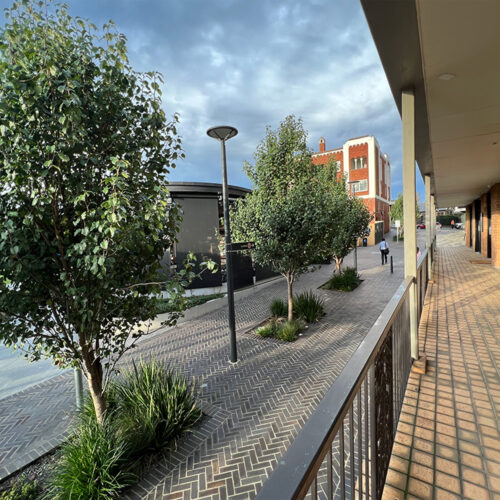How to Keep Your Feet Healthy and Safe This Summer
Summer is a great time of year to let your hair down, kick your shoes off and soak up the sunshine. As beautiful as the warmer weather is, the heat is not always the best thing for your feet. Many of the seasonal activities which we partake in over this season can unearth a range of foot related problems! Here are a few quick tips to help keep your feet healthy and safe this season!
Rubber flip flops are a no no.
It is tempting in this weather to rush out of the house with thongs on. In a flip flop there’s only a small piece of material holding your foot in place and over time this can be detrimental to your foot health. Because your toes need to grip to hold the thong in place, problems like muscle overuse, trigger points and hammer toes can arise. Thongs also don’t support the arch of the foot which can lead to arch and heel pain if worn continuously. A good alternative to rubber thongs is a sandal with secure straps and arch support. The open sandal will allow your foot to breathe and decrease the risk of infection from sweaty feet, as well as comfortably supporting the structure of the foot.
Be pedicure safe conscious.
For many people, open toed shoes mean fun nail polish. Did you know that nail fungal infections thrive off polish covered nails? If your nails are already discoloured, it’s important not to cover them up with varnish. Your nails may require anti-fungal cream to clear up any problems beneath the nail bed, and nail polish can decrease the effectiveness of these treatments.
Take care of your skin.
Sling back sandals, hot concrete and dry sand can quickly suck the moisture out of the soles of your feet, in particular your heels. Dry, flaky skin and cracked heels can quickly become an easy portal for infection if not managed. It’s important to apply cream to your feet daily to ensure they stay hydrated. A pumice stone is also a good option to stay on top of those cracking heels. If the callus is building up or heel cracks are becoming painful, they can be quickly treated with a visit to your podiatrist.
Be cautious when barefoot.
Shoes are necessary to protect feet from injury, and in summer many opt to go without. It’s important to always wear shoes in communal swimming pools or change areas. Its places like these which tinea infections love to hide. A quick tip is to leave slip on shoes nearby the pool or communal change areas to easily avoid contact with the ground. Some common characteristics of tinea pedis are flaking or peeling skin between the toes, itchiness and often a strong odour – but don’t stress, it can be easily managed. A golden rule for diabetic patients is to never go barefoot. The decreased sensation and loss of feeling in the feet leaves a diabetic prone to infection and injury.
Change shoes and socks regularly.
Sweaty feet can become a major issue in the heat and can leave you susceptible to fungal infections and blisters. Different footwear materials can help, as some allow your feet to breathe greater than others. For example, genuine leather is far more breathable then it’s fake friend polyurethane leather. Polyurathane, meaning plastic, can cause moisture to become trapped within the shoe. If you work in sneakers or are exercising and find sweaty feet to be a problem, moisture wicking socks can make a great difference. Not all socks were created equal. These socks are especially designed to remove moisture away from the skin, which can decrease the risk of blisters and decrease the likelihood of fungal infections. It’s also important to change your socks more frequently as the heat turns up.









